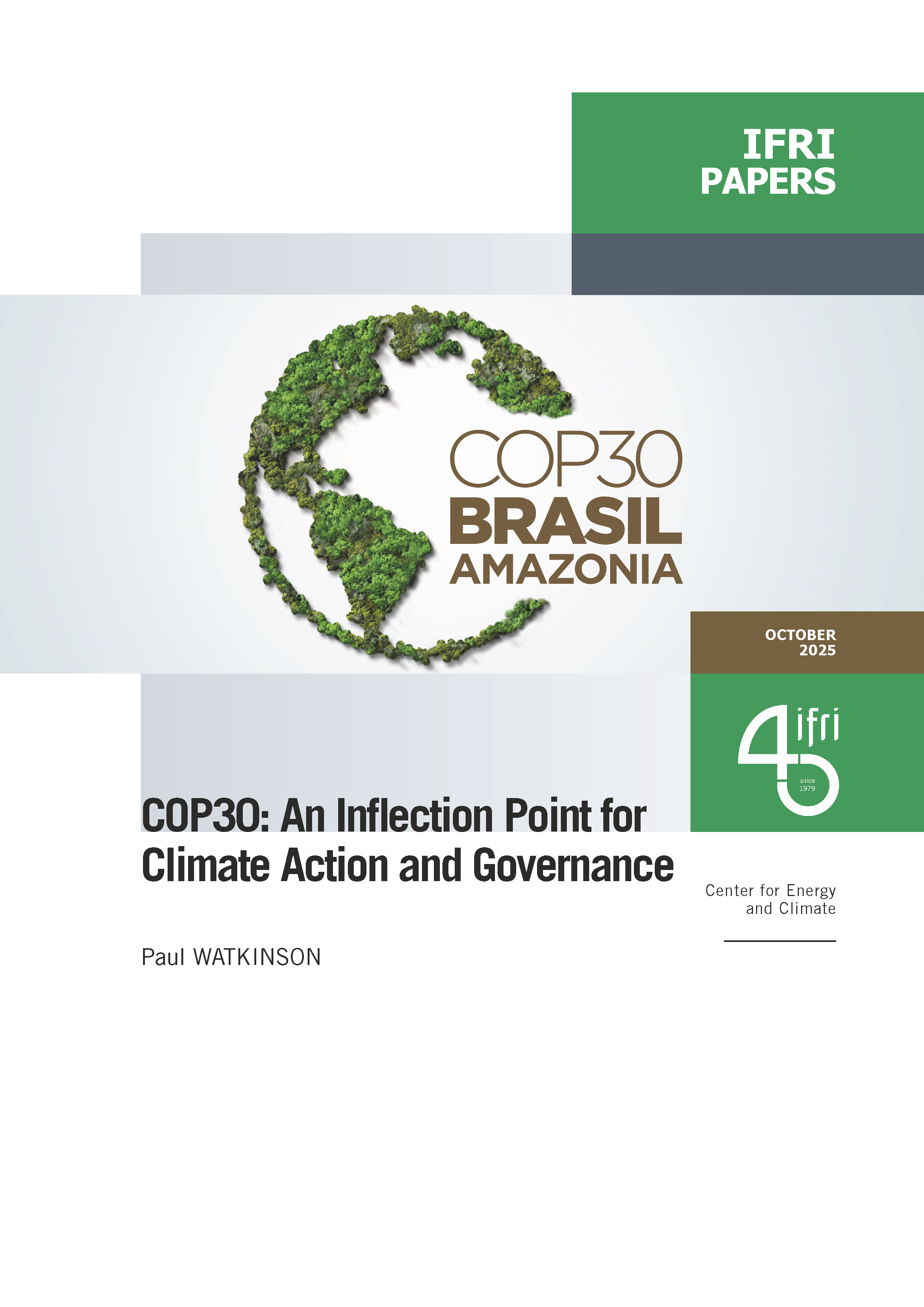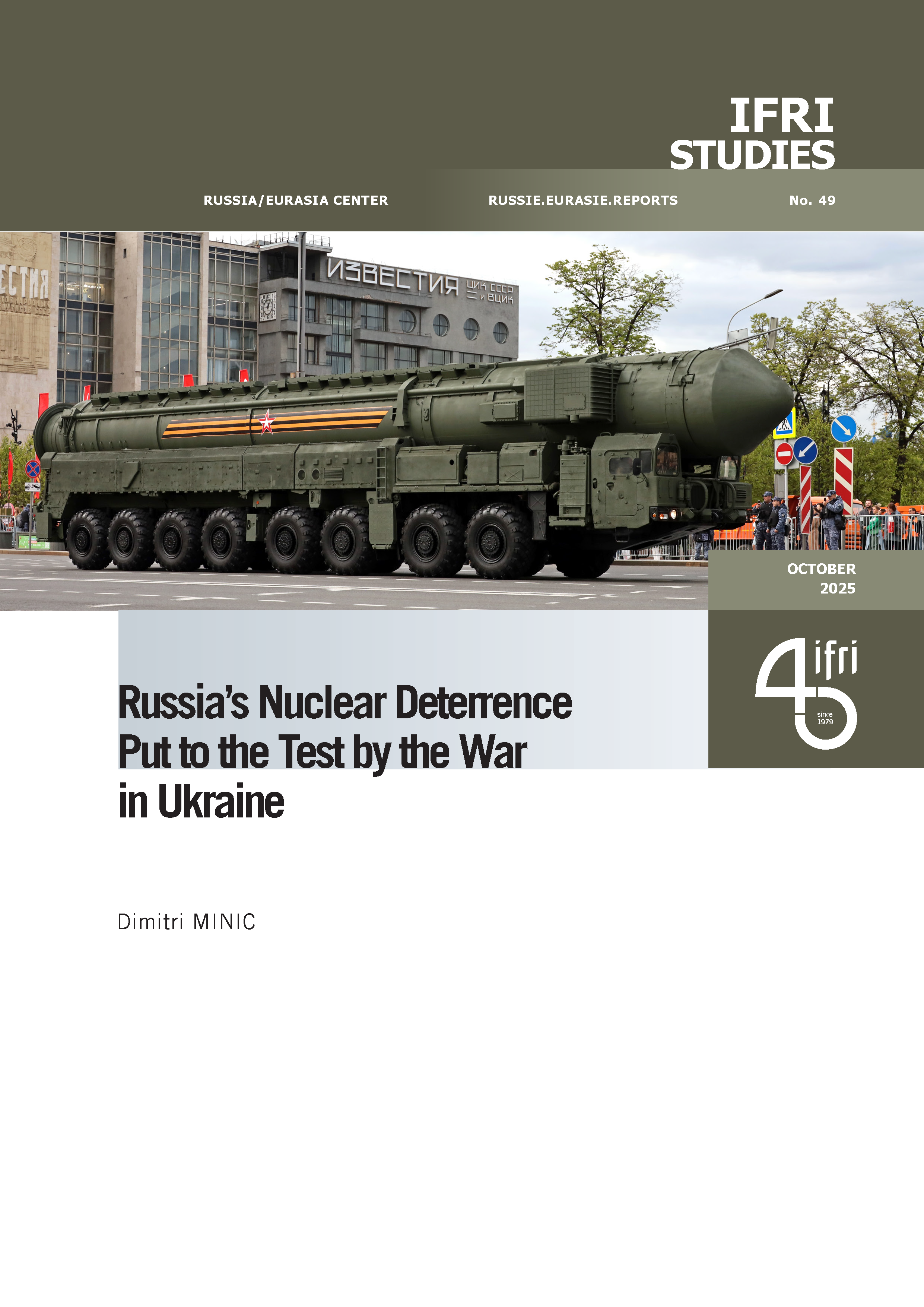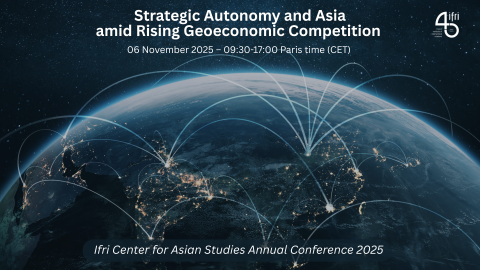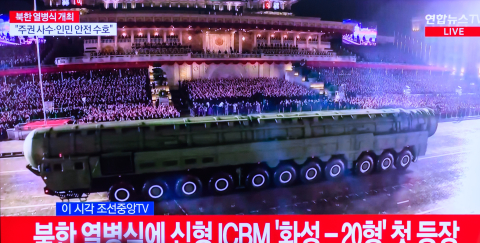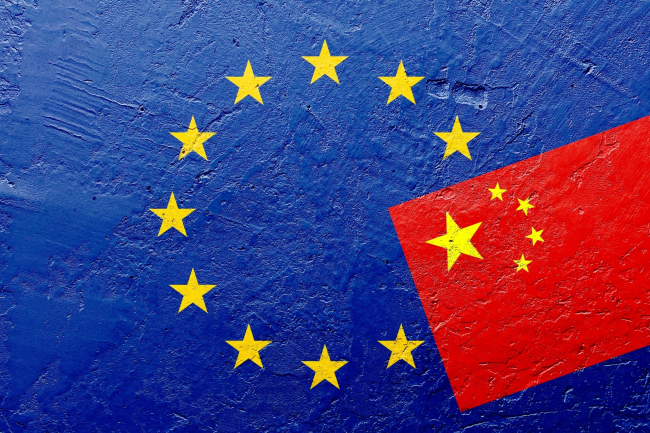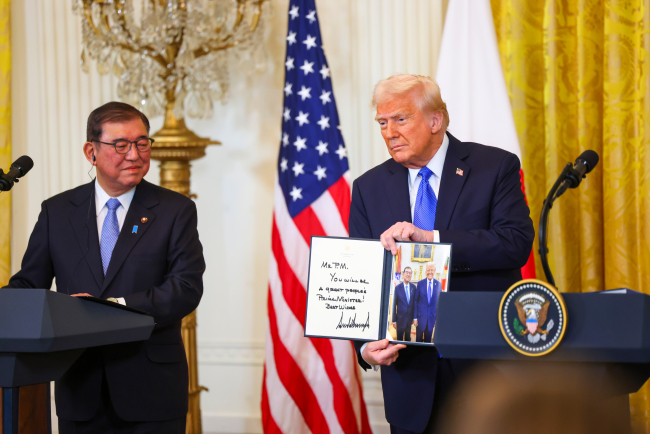New Economic Development Opportunities for Taiwan in the Post-ECFA Era

The main aim of this paper is to analyze the new opportunities for Taiwan’s ongoing economic development in the era following the signing of the Economic Cooperation Framework Agreement (ECFA) between Taiwan and China.
The paper begins with an analysis of the pattern of “cross-strait” trade between Taiwan and China. This reveals that, although Taiwan’s exports to China have continued to grow over the past few years, the share of China’s total imports from Taiwan has fallen. However, if Taiwan can succeed in leveraging ECFA to develop the Chinese market more effectively, this would reduce the competitive pressure to which Taiwan is exposed, and enable Taiwanese companies to steal a march on their major competitors. The overall impact on Taiwan’s economic development would thus be positive.
The paper then goes on to analyze the benefits that ECFA will bring to Taiwan. This analysis suggests that implementation of full trade liberalization under the ECFA framework would benefit the Taiwanese economy as a whole. Evaluation of the effects on trade of the ECFA Early Harvest List (EHL) items, implementation of which began on January 1, 2011, indicates that there has been significant growth in Taiwanese exports to China in the 539 items included in the EHL. ECFA is thus already starting to bear fruit.
Besides the trade-related effects, this paper also analyzes the transformation in industrial collaboration that ECFA may be expected to stimulate in the future. Currently, both Taiwan and China find themselves at a crossroads, with their respective economies undergoing a process of dramatic transformation. This situation creates scope for cross-strait industrial collaboration. Taiwan and China should endeavor to grasp this opportunity, exploiting cross-strait industrial collaboration as a means of invigorating their economies.

Available in:
Regions and themes
ISBN / ISSN
Share
Download the full analysis
This page contains only a summary of our work. If you would like to have access to all the information from our research on the subject, you can download the full version in PDF format.
New Economic Development Opportunities for Taiwan in the Post-ECFA Era
Related centers and programs
Discover our other research centers and programsFind out more
Discover all our analysesExpanding SPDMM as a pivotal institution in the Pacific – A French perspective
The South Pacific Defence Ministers’ Meeting (SPDMM) is the only forum that brings together defense ministers from the wider South Pacific — including Chile, which is hosting it for the first time. This heterogeneous group of countries with varying resources, capacities, and interests — Australia, Chile, Fiji, France, New Zealand, Papua New Guinea (PNG), and Tonga — are united by their shared determination to strengthen cooperation on maritime security and humanitarian assistance and disaster relief (HADR) activities.
EU’s Derisking From China: A Daunting Task
With economic security as a major concern, the EU has recently turned to “derisking” from China. The EU strategy entails reducing critical dependencies and vulnerabilities, including in EU supply chains, and diversifying where necessary, while recognizing the importance and need to maintain open channels of communication.
Sri Lanka’s NPP Government. From System Change to Structural Compliance
In September 2024, a relative outsider to Sri Lanka’s two-party-dominated political system, Anura Kumara Dissanayake, won the presidential elections. The anti-establishment, populist movement he represented, the National People’s Power (NPP), went on to receive an overwhelming mandate in the November 2024 general elections, winning 159 seats in a 225-member parliament.
Japan Under Trump: Alliance Strains, the Push for Autonomy and Essential Partnerships
Japan is under pressure from the United States (US) on punitive tariffs and demands for increased defence spending. This has sparked deep concern over US credibility and triggered growing domestic calls for greater autonomy.


